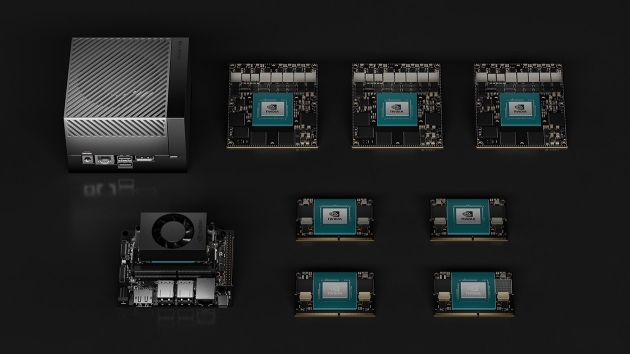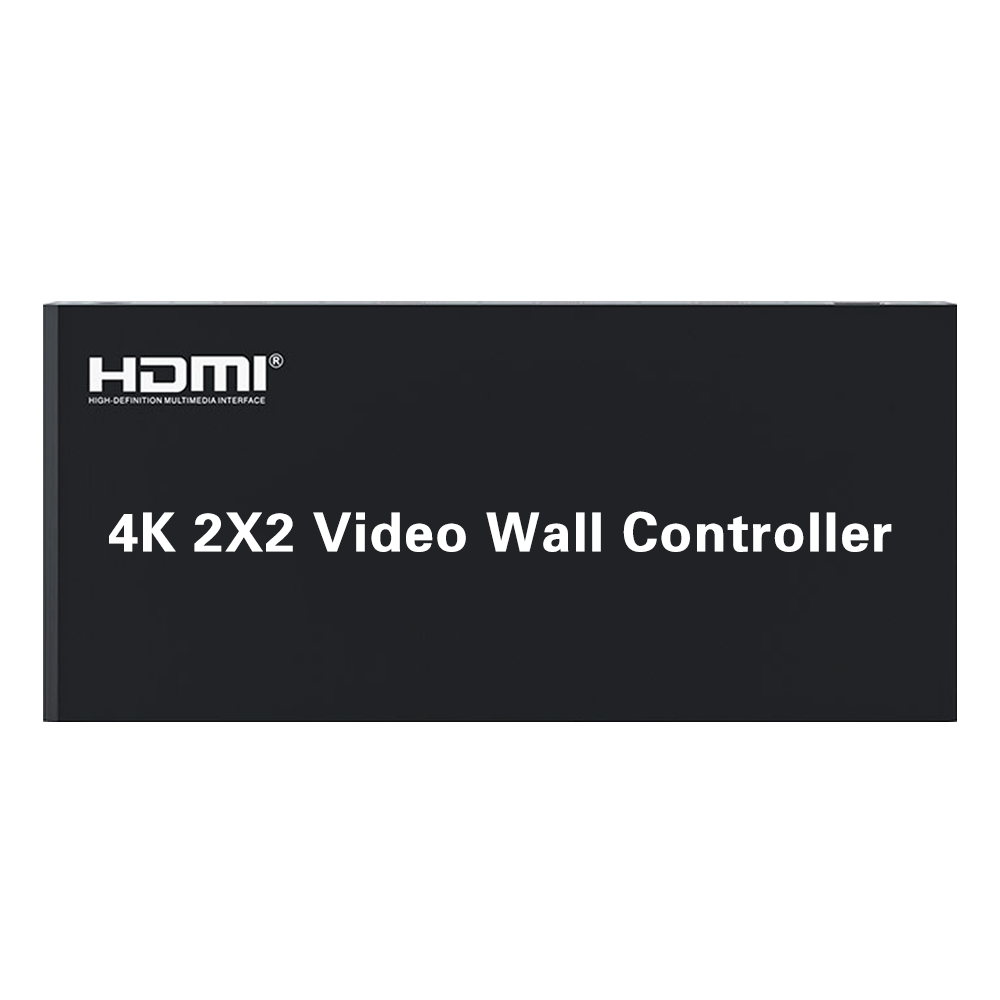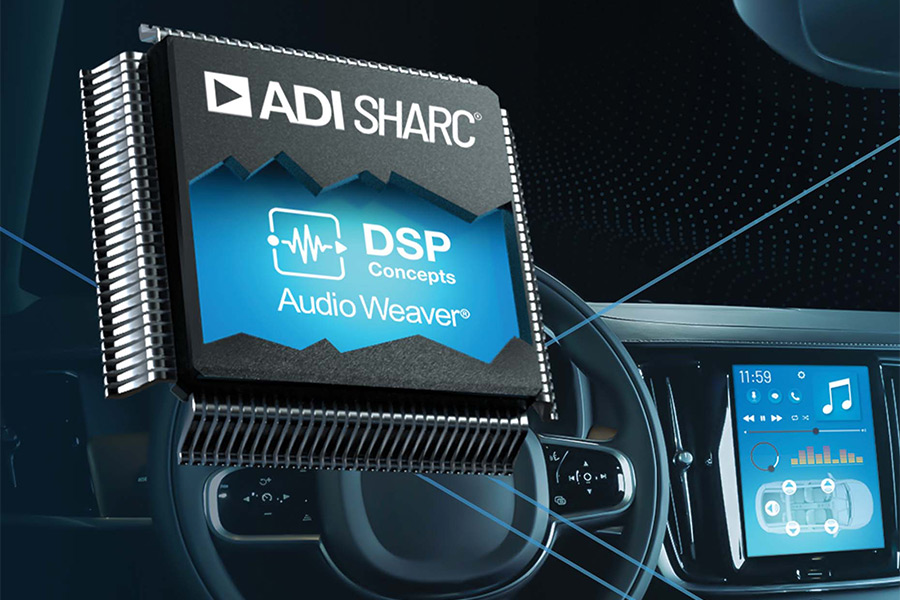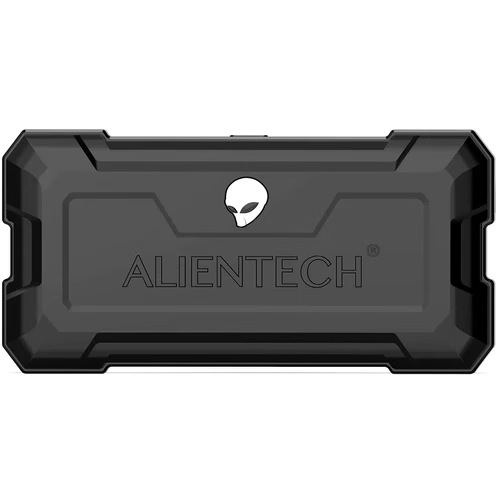AMD Accelerates AI Integration Across PC and Gaming Portfolio, Redefines Semiconductor Landscape in 2025
At the forefront of the semiconductor industry’s transformation, AMD has unleashed a wave of cutting-edge processors and GPUs in 2025, intensifying competition in AI-driven computing and next-generation gaming. This strategic expansion—spanning data centers, laptops, desktops, and handhelds—positions AMD to capitalize on key industry shifts identified by McKinsey: a surging global semiconductor market projected to exceed $1 trillion, fueled by AI, automotive innovation, and edge computing demands .
AI Everywhere: From Data Centers to Everyday Laptops
- Ryzen AI Max Series: Unveiled at CES 2025, these mobile processors integrate "Zen 5" architecture with up to 16 CPU cores and Radeon 8000S graphics, delivering >50 TOPS of NPU performance for generative AI applications like Copilot+ PCs. The unified 128GB memory support enables seamless multitasking for chatbots and image-generation tools without draining battery life .
- Ryzen AI 300 Series Expansion: New Ryzen AI 7 350 and AI 5 340 processors (8-core/6-core Zen 5) target mainstream laptops, boasting 24-hour battery life and 30% faster multitasking than Intel Core Ultra 7 258V. Their NPUs outperform Qualcomm and Intel in local AI tasks, democratizing AI for creative and productivity workflows .
- Desktop AI Pioneers: The Ryzen 8000G series, featuring integrated Radeon 700M graphics and dedicated NPUs, remains AMD’s gateway to AI-enabled desktops. Models like the Ryzen 7 8700G ($329) support 100+ AI features in Adobe and DaVinci Resolve, eliminating the need for discrete GPUs in budget systems .
Gaming Reimagined: High Fidelity Meets Handheld Portability
- Radeon RX 9000 Series GPUs: Launched in February 2025 with RDNA 4 architecture, the RX 9070 XT (¥4,999) and RX 9070 (¥4,499) GPUs feature 16GB GDDR6 memory, 3rd-gen ray tracing accelerators, and 2nd-gen AI engines. They deliver 40% higher gaming performance than RDNA 3 and introduce FidelityFX Super Resolution 4 (FSR 4)—a machine learning-powered upscaling technology trained on data center GPUs for superior image quality in 30+ games at launch .
- Handheld Gaming Revolution: The Ryzen Z2 series processors, led by the Z2 Extreme (8-core/5.0 GHz), bring desktop-tier gaming to portable devices. With RDNA 3.5 graphics and support for FSR 4, they enable 1080p gaming on compact handhelds like Asus ROG Ally successors .
- Elite Desktop & Mobile Gaming Chips: The Ryzen 9 9950X3D (16-core/5.7 GHz) leverages 144MB cache and 2nd-gen 3D V-Cache to outpace Intel’s Core Ultra 9 285K by 20% in 1080p gaming. For laptops, the Ryzen 9000 HX series optimizes thermal design for sustained high-clock performance .
Strategic Alignment with Industry Megatrends
AMD’s 2025 roadmap directly addresses critical semiconductor shifts:
- AI Integration: NPUs now embedded across consumer products mirror the industry’s pivot toward on-device AI, projected to drive 15% market growth (IDC) .
- Edge Computing: Ryzen Z2 and AI Max chips exemplify AMD’s focus on processing data locally—a response to demand for latency-sensitive applications like autonomous driving .
- Sustainability: While unstated in recent launches, AMD emphasizes energy efficiency (e.g., Ryzen AI’s 24-hour battery), aligning with Pat Gelsinger’s earlier call for carbon-reduced semiconductor manufacturing .
The Road Ahead
With Ryzen AI Max Pro commercial chips and Instinct MI300 data center accelerators complementing its consumer offensive, AMD is challenging NVIDIA and Intel across the AI value chain. As semiconductor innovation converges with AI, gaming, and mobility, AMD’s full-stack approach positions it to dominate the next era of accelerated computing.




